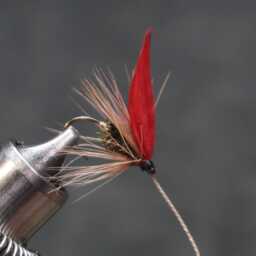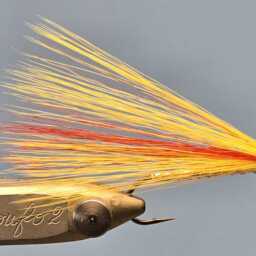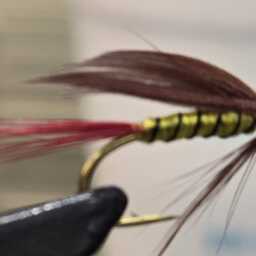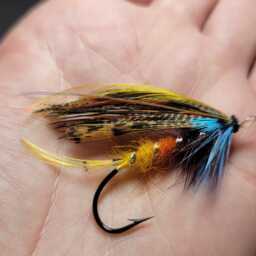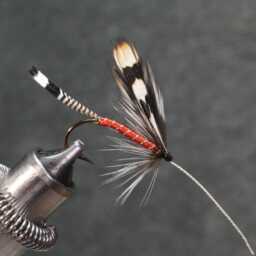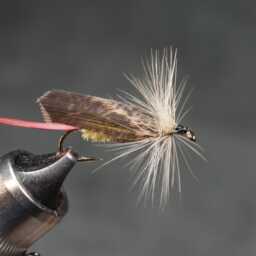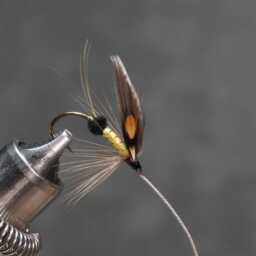Brown or grizzly bear fur is commonly used in fly tying for crafting dry fly wings and as a substitute for squirrel tail or nutria. Premium quality brown bear fur, which is softer and has more underfur, is ideal for dry fly wings. In contrast, standard quality fur, which is coarser and stiffer with less underfur, serves well as a substitute for squirrel tail or nutria in salmon and sea trout flies.
The brown bear (Ursus arctos) is a large species native to Eurasia and North America. It ranks among the largest land carnivores, second only to the polar bear, which is slightly larger on average. Brown bears exhibit sexual dimorphism, with adult males being larger and more compact than females. Their pelage varies widely, ranging from reddish to yellowish-brown, dark brown, and cream.
Unique among bears, brown bears have evolved large hump muscles and wide paws, measuring 21 to 36 cm (8.3 to 14.2 inches) in length, which aid in digging. Their teeth, similar to other bears, reflect their dietary versatility.
Brown bears do not always appear fully brown. Their long, thick fur features a moderately elongated mane at the back of the neck, with color variations depending on their location. In India, brown bears may have reddish fur with silver-tipped hairs, while in China, they may display a bicolored appearance with a yellowish-brown or whitish collar around the neck, chest, and shoulders. North American grizzlies vary from dark brown (almost black) to cream or yellowish-brown, often with darker legs. The term “grizzly” refers to their characteristic “grizzled” appearance, with brownish-black hairs at the base and whitish-cream tips.
Apart from the cinnamon subspecies of the American black bear (Ursus americanus cinnamonum), the brown bear is the only modern bear species that typically appears truly brown. Their winter fur is very thick and long, especially in northern subspecies, reaching 11 to 12 cm (4.3 to 4.7 inches) at the withers. The winter fur is rough to the touch, while the summer fur is shorter and sparser, with its length and density varying geographically.
« Back to Glossary Index
